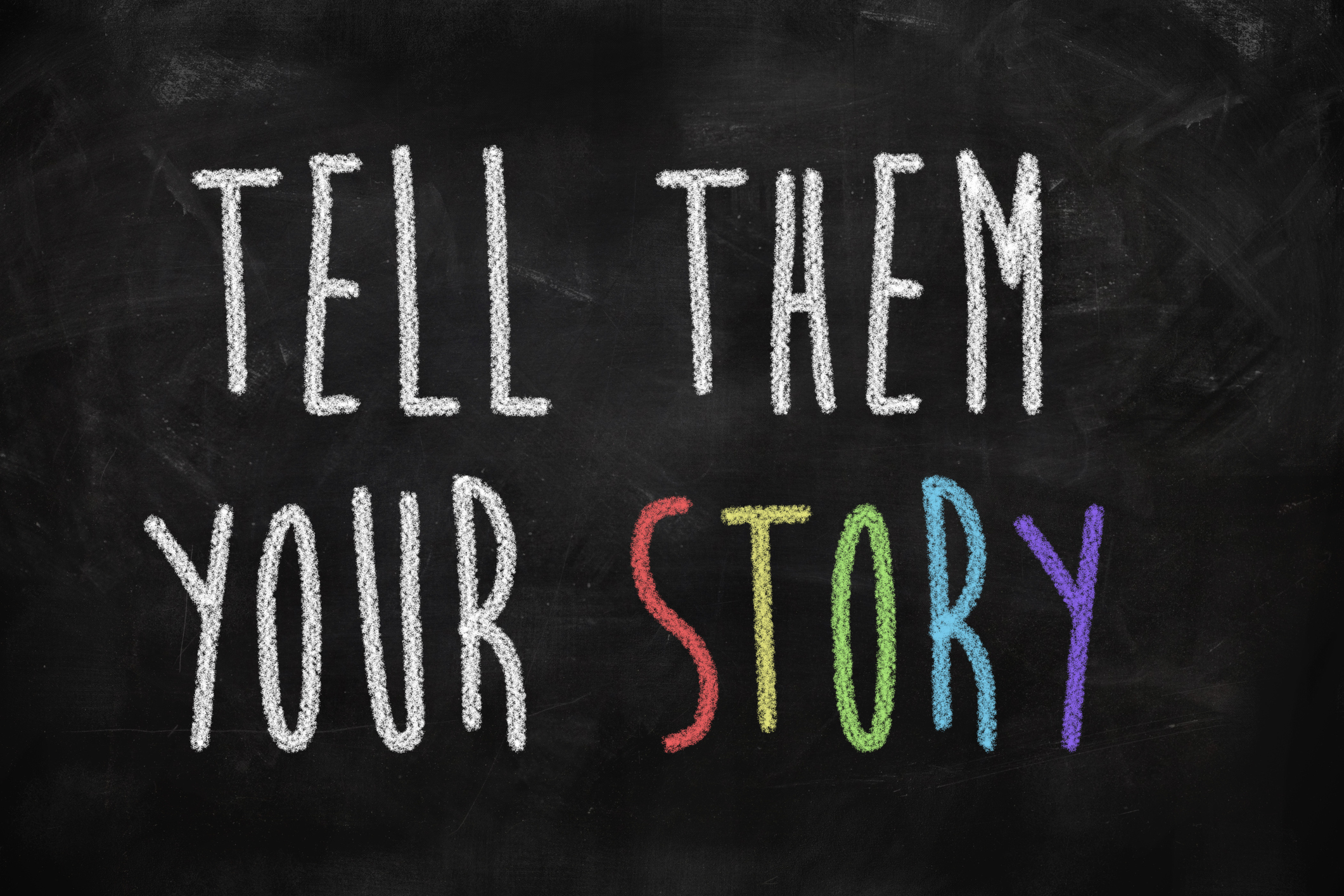Whether we’re writing a grant application to a foundation, writing a direct mail appeal, or putting together a major gift proposal, we’re essentially telling the story of how our organization will create positive change in the world.
I’ve come to feel real empathy for foundation staff and program officers who wade through page after page of dry, uninteresting jargon, facts and figures to determine whether or not a grant applicant is worthy of support. If we were to sit down face-to-face with a major donor, we know the most effective way to gain their interest is to tell a story, yet, how quickly we forget that the same is true for foundation grants. People are reading and responding to your proposal, so tell them a story, and make sure the story and your case focus on your community, not your organization.
Which is the two grant introductions below would you find more compelling?
VERSION 1:
Dear Foundation,
We are a very old organization that has proudly been serving our community for 80 years. We want to add more staff so we can be even bigger and do more. Will you help us?
VERSION 2:
Dear Foundation,
Last year Jane and her family came to us for support because we are the only resource in her area that can address her need. With our help and guidance, Jane was able to turn her life around and now she and her family are on the path to stability. In our community, too many families face the same challenge Jane’s family did. We know there is a need, we know we have a solution that works, and the best way we can address that need with more families like Jane’s is to add more staff. Will you help us?
Key points to remember:
- Your organization has no needs. Your organization helps solve community needs. Define the community need and explain how you will address it.
- People give to people. We connect more deeply to the story of one person and the change they experience than to lists of facts and figures. Some facts and numbers help give validity to the argument, but always share one specific story to illustrate your impact.
- People want a happy ending: Donors like stories with a happy ending. Show them how they can help create a happy ending through support of your work. The happy ending is the positive outcome you will create with your program/initiative.
- Demonstrate the difference. Paint a picture with words of the situation as it is now, and as it will be once you have implemented your solution. Share a concrete example to illustrate the point, not just a list of data.
Most of all, remember that you are writing for other people, like you, who want to help make positive change. Tell a story that speaks to community needs and effective, positive outcomes, and remember the stories that moved you to become involved.
Download our story-telling worksheet to jumpstart your writing!
If you need help telling a story that will win more grants and better serve your community, contact us. We’d be happy to assist!

